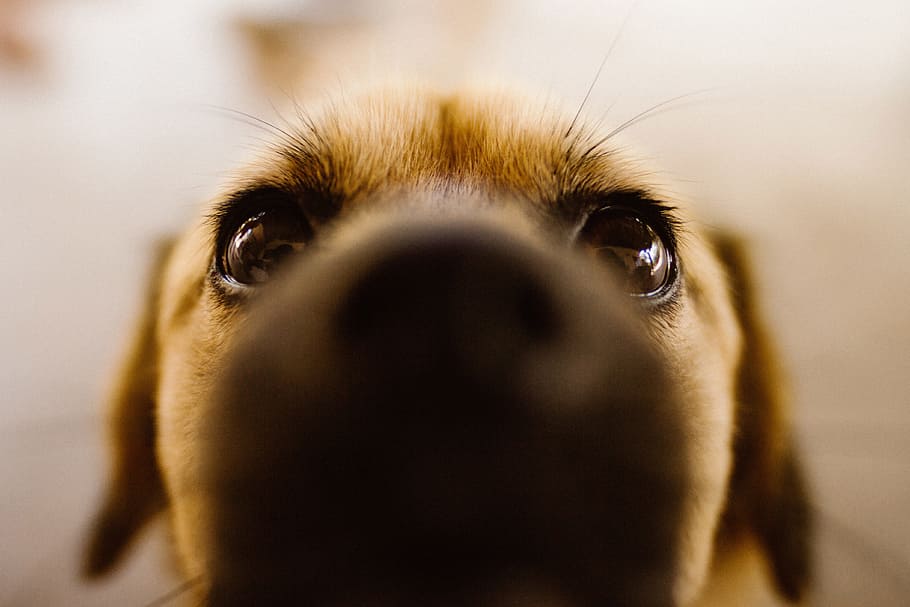Table of Contents
Do Air Purifiers work for pet allergies?
Air purifiers can be an effective tool for managing pet allergies. Here’s a detailed look at how air purifiers work and why using one can provide relief for those with pet allergies.
How air purifiers help with pet allergies
Pet allergies are triggered by proteins found in pet dander (skin flakes), saliva, and urine. When pets shed dander or salivate, the allergy-causing proteins can become airborne. Air purifiers work by filtering these allergens out of the air.
Air purifiers use different filtration methods to remove particles like pet dander. The most effective types for allergies are HEPA (high-efficiency particulate air) filters and activated carbon filters.
- HEPA filters: Remove 99.97% of particles 0.3 microns or larger. This includes pet dander and some allergens.
- Activated carbon filters: Absorb gases, odors, and microscopic particles like pet dander through chemical adsorption.
By continuously filtering the air, air purifiers can significantly reduce the levels of pet allergens circulating in a home.
Benefits of using an air purifier for pet allergies
There are several benefits to using an air purifier if you have pet allergies:
- Removes pet dander from the air: HEPA and carbon filters capture airborne dander particles.
- Reduces allergy symptoms: Lower dander levels can reduce allergy symptoms like sneezing, itchy eyes, and runny nose.
- Makes pet ownership possible: Lets pet-allergic people live with pets more comfortably.
- Cleaner air: Improves overall indoor air quality by reducing dust, odors, and other pollutants.
- Portable: Smaller models can be moved to different rooms as needed.
- Operates continuously: Works silently 24/7 to constantly clean the air.
Tips for managing pet allergies with an air purifier
To get the most out of an air purifier for pet allergies, follow these tips:
- Choose a HEPA filter model to effectively capture pet dander.
- Select a large enough capacity for the room size to allow adequate air circulation.
- Place in the main living area, bedroom, or room where pets spend time.
- Run the air purifier continuously at the highest fan setting.
- Change filters regularly according to manufacturer recommendations.
- Use in conjunction with other allergy management steps like frequent vacuuming, washing bedding on hot, limiting fabrics/carpeting, and bathing pets regularly.

 Top air purifiers for pet allergies
Top air purifiers for pet allergies
Here are some top-rated air purifiers effective at reducing pet allergens:
| Air Purifier | Key Features |
|---|---|
| Winix 5500-2 | True HEPA filter, PlasmaWave technology, smart sensors |
| Coway AP-1512HH | HEPA filter, activated carbon filter, ionizer |
| Blueair Classic 480i | HEPAfilter, activated carbon filter, negative ion generator |
| Alen BreatheSmart Classic | HEPA-Pure filter, customizable filter options |
| Honeywell HPA300 | True HEPA filter, activated carbon pre-filter, CADR ratings up to 320 |

Frequently Asked Questions
How does an air purifier work?
Air purifiers use fans to pull air through special filters that capture pollutants. Common filters are HEPA for particles like dust/dander, and activated carbon for gases/odors. Clean air is then recirculated back into the room.
Will an air purifier completely eliminate pet allergies?
While air purifiers significantly reduce airborne pet allergens, they may not completely eliminate pet allergy symptoms. Those with severe allergies may still need to take additional precautions and medication.
Where should I place an air purifier for pet allergies?
Place the air purifier in the main room where pets spend time, such as a living room or bedroom. Make sure it’s unobstructed and away from walls to allow proper airflow.
How often should I change the filter?
Most manufacturers recommend changing air purifier filters every 6-12 months. You may need to change them more often if you have pets. Check your filter regularly and replace when it looks dirty.
Do I need a HEPA filter for pet allergies?
Yes, HEPA filters are highly recommended for pet allergies as they remove over 99% of microscopic particles 0.3 microns or larger like pet dander and other allergens.
Can air purifiers help with pet odor?
Yes, air purifiers with activated carbon filters absorb gases, odors, and microscopic particles that cause pet odors. This helps freshen the air.
In summary, air purifiers using HEPA and activated carbon filtration can be very helpful for managing pet allergies. While not a complete solution, they can significantly reduce airborne pet dander and allergens when used properly. Air purifiers provide an added layer of defense against pet allergies for a cleaner, healthier home environment. 1.








